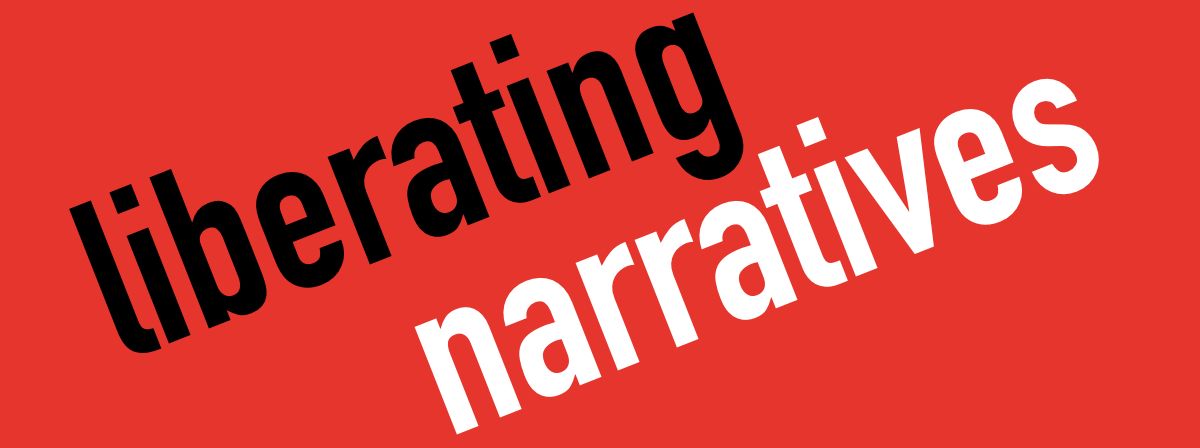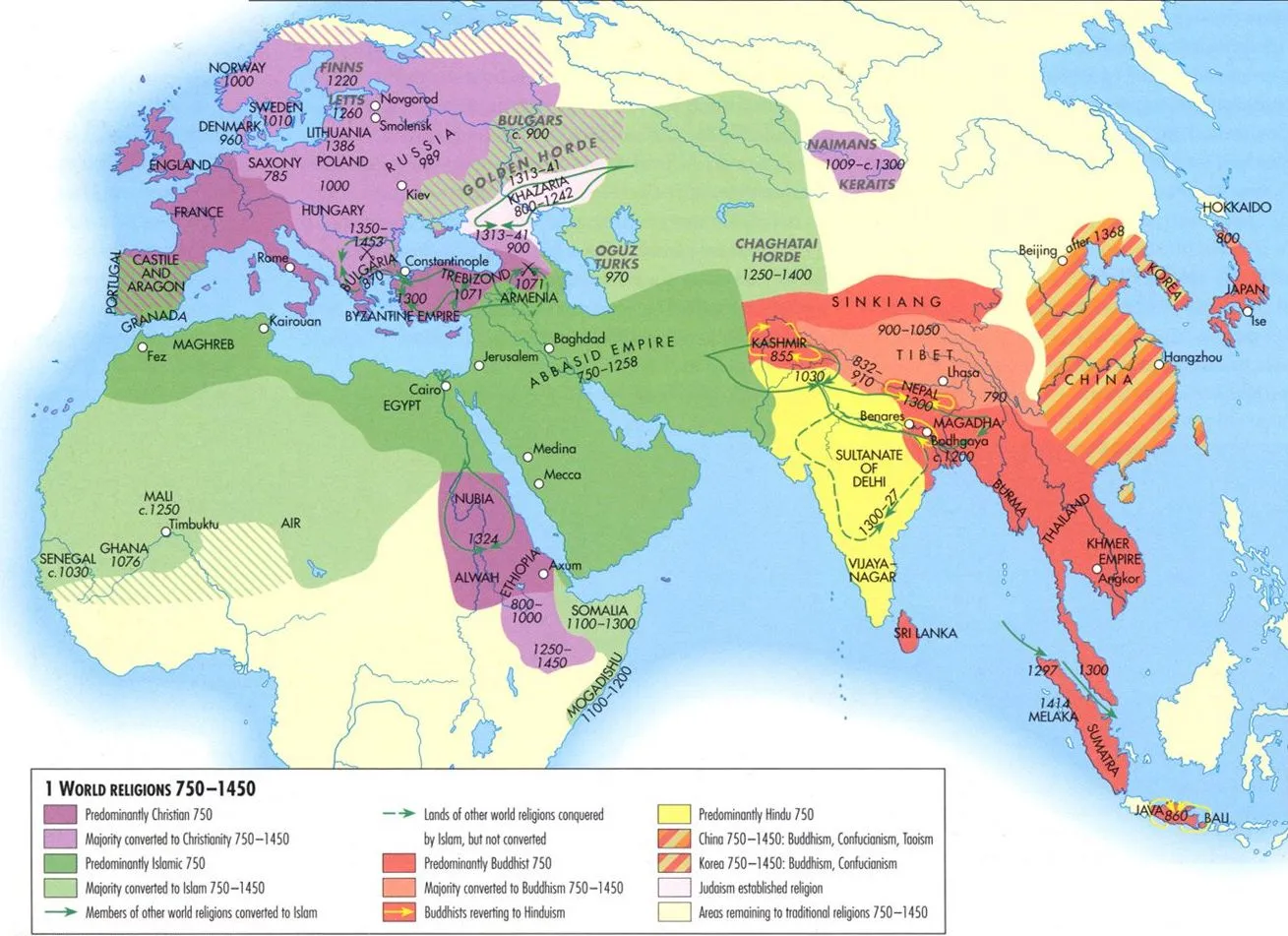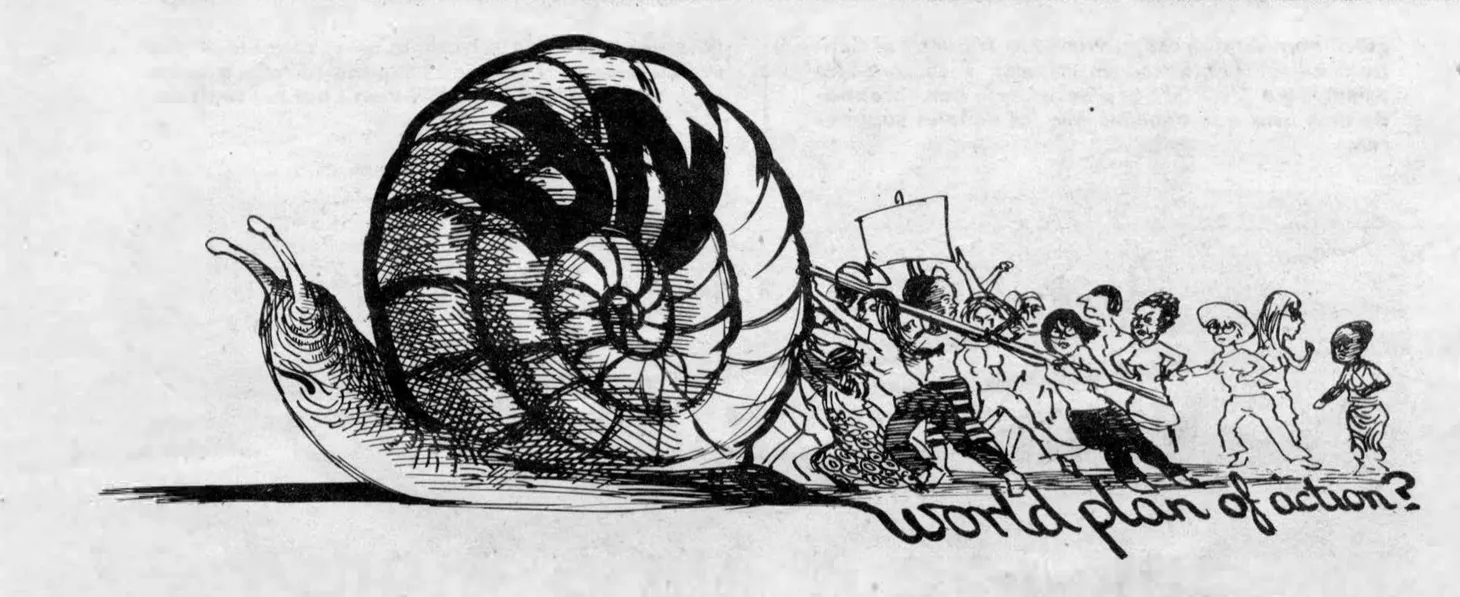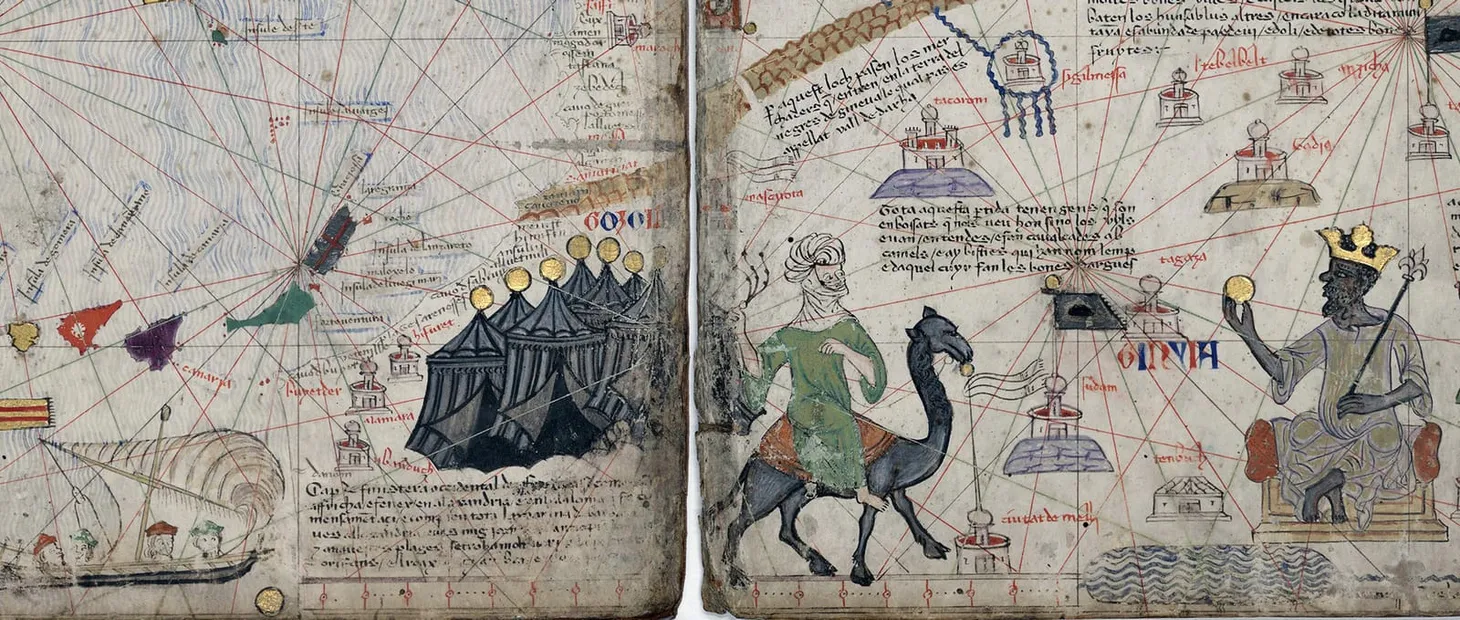“To Let Merchants Pass in Safety”: The Chinggis Exchange
Discussion of teaching the Chinggis Exchange
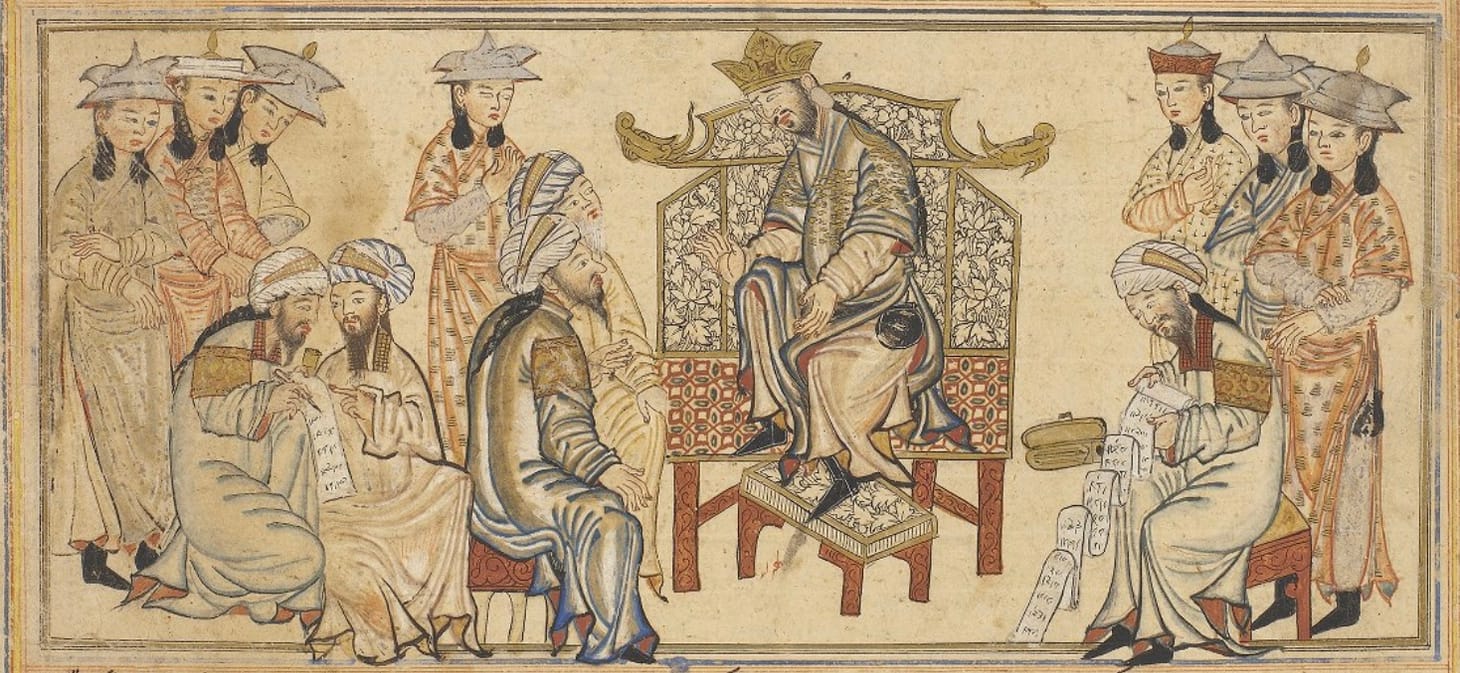
Few history books have been as successful at influencing history curricula as Alfred Crosby’s The Columbian Exchange: Biological and Cultural Consequences of 1492. Crosby adopted the title as a shorthand reference to the extensive exchange between Afroeurasia and the Americas after Columbus’ 1492 voyage. If we look in any world history textbook or world history syllabus, we’ll find a chapter or a unit on the Columbian Exchange. I suspect the popularity of this concept has something to do with the name associated with the exchange. We all grew up hearing the name Columbus. “Biological and cultural exchange between Afroeurasia and the Americas” doesn’t have quite the same ring!
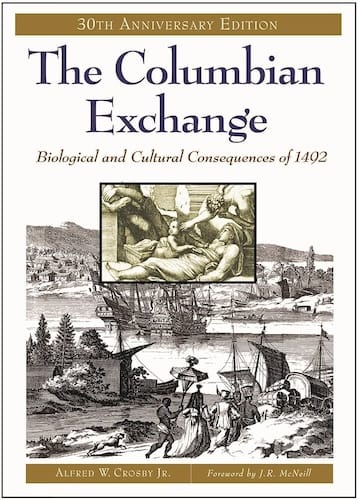
Names and popular stereotypes matter. Chinggis Khan and the Mongols are more often remembered as brutal conquerors rather than facilitators of biological and cultural exchange across Afroeurasia. The main exception is the Black Death, which we typically associate the Mongols with. Chinggis and the Mongols could benefit from a glow-up.
We sometimes use the phrase “Pax Mongolia” to capture how the Mongols transformed Afroeurasia, but the Mongols did more than simply provide peace to Eurasia. We can help students rethink how we understand the Mongols’ impact on world history by teaching the “Chinggis Exchange.” Timothy May, a specialist in Mongol history, coined the term in The Mongol Conquest in World History. He argued that “the Mongol conquests and empire caused a perceivable shift in technology, ideas, culture, religion, warfare and many other areas.” In her recent book The Horde: How the Mongols Changed the World, Marie Favereau builds on May’s argument but prefers to call it the “Mongol Exchange”:
In truth, the Columbian exchange should be seen in part as a legacy of the Mongol exchange, as historians have established that Christopher Columbus was looking for a quicker, safer route to India, possibly after he had heard of Marco Polo’s travels to the Mongol imperial center in the Far East. The Mongol exchange, on this view, is not really a historical turning point from the medieval to the modern, although the Pax Mongolica tends to be perceived this way. Rather, the Mongol exchange transcends the separation between medieval and modern. The Mongol exchange bridges the gap between the ancient world’s Silk Road and the modern world’s Age of Exploration, transforming our historical perception of both.
Recognizing how the Mongols were critical to exchange across an interconnected Afroeurasia changes how we teach the Mongol Empire in world history. The Mongols were not just a brief prelude to the rise of the West. The Chinggis Exchange set the stage for profound global changes beginning in the sixteenth century. We can teach the Chinggis Exchange by focusing on how the Mongols promoted trade from the earliest conquests. Using visual evidence, we can see how the Chinggis Exchange transformed Afroeurasia.
Trade Promotion and Mongol Empire-Building
This content is for Paid Members
Unlock full access to Liberating Narratives and see the entire library of members-only content.
SubscribeAlready have an account? Log in
